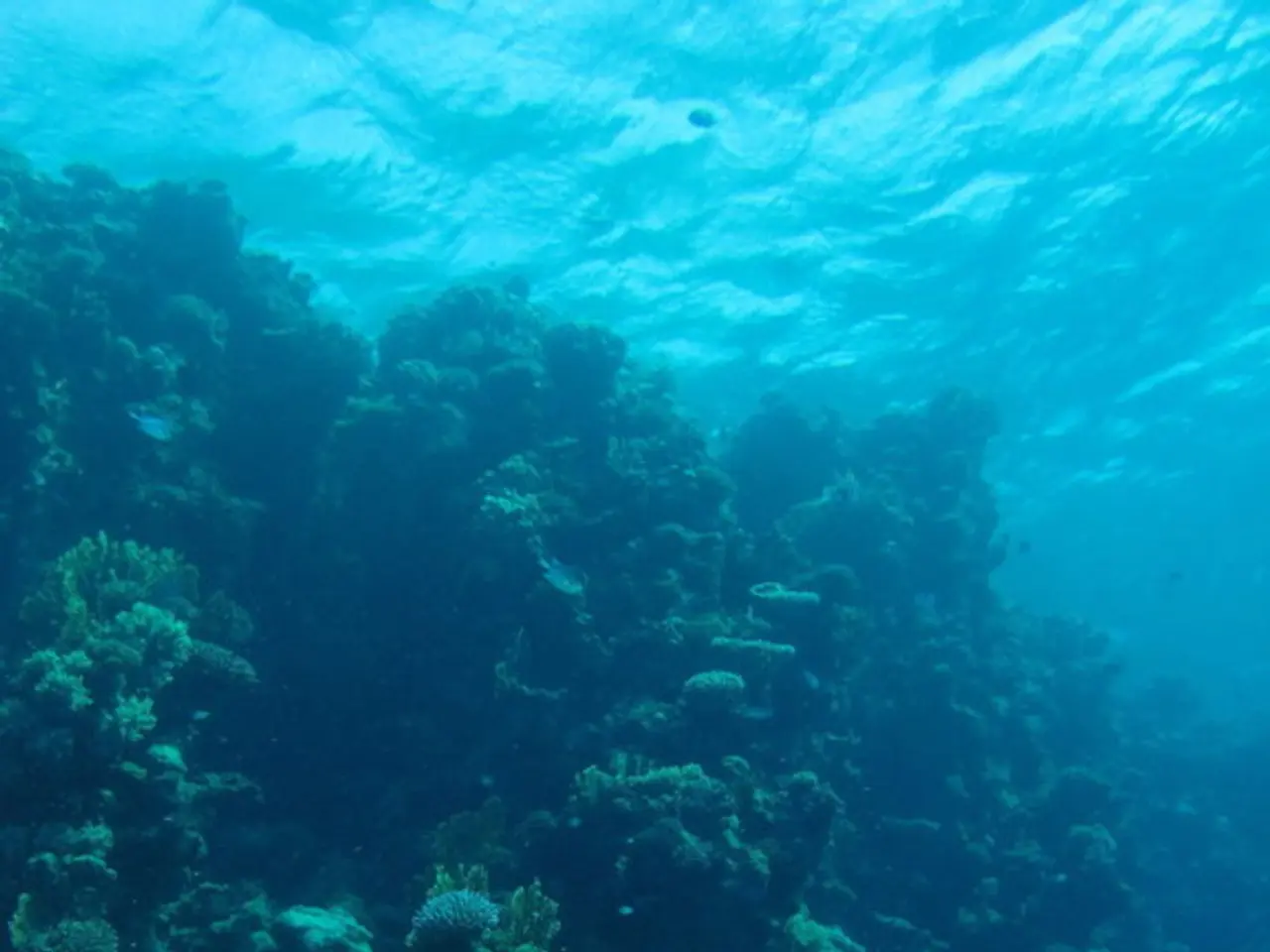Developing Pollinator Sanctuaries Along the Shore Edge
In the quest to preserve and protect our coastal ecosystems, one vital aspect often overlooked is the role of pollinators. These tiny creatures play a significant part in maintaining biodiversity and contributing to local economies by improving crop pollination. Here's a guide on how local communities can establish and maintain coastal pollinator habitats.
Getting Involved
Local people can make a difference by working with governments and joining habitat restoration projects. Spreading the word about the importance of these habitats is also crucial. By collaborating with key contacts within local government, understanding relevant regulations and permitting processes, and seeking funding opportunities and technical support, we can create a network of successful coastal pollinator projects.
Planting Native Species
One of the most effective strategies for creating coastal pollinator habitats is planting native plant species adapted to local conditions. These plants serve as high-quality food sources for pollinators and are ecologically adapted to coastal climate and soil conditions. Native alternatives include Virginia Creeper, Riverbank Grape, Serviceberry, and many others.
Providing Nesting Sites
Providing nesting opportunities is equally important. This could mean drilling holes in dead wood, leaving logs and stumps, or maintaining shrubs with hollow stems. Ground-nesting bees benefit from areas of loose sandy soil or unmulched ground beneath native bunch grasses or shrubs.
Structural Diversity
Maintaining structural diversity by including a range of native trees, shrubs, perennials, and grasses is essential. This layered planting creates shade and mimics natural biodiversity, which supports pollinator resilience and provides year-round resources and shelter.
Embracing Natural Features
Allowing natural features like deadwood and bare branches to remain is also crucial, as these serve as important perches, nesting, and refuge sites for pollinating insects.
Designing Habitat Areas
Designing habitat areas at multiple scales is another key consideration. This includes considering not only specific sites but also larger landscape connectivity to support pollinator movement, especially for migratory species dependent on distributed resources and stopover habitats.
Monitoring and Adapting
Monitoring local coastal pollinator populations and native plant health is crucial to building climate-resilient habitats and adapting management practices as conditions change.
Success Stories
California's coastal restoration and Florida's pollinator gardens show how successful these strategies can be. These projects offer lessons for other coastal areas to follow, demonstrating that with careful watching, quick action, and an understanding of the unique needs of these ecosystems, we can create thriving coastal pollinator habitats.
Education and Outreach
Education and outreach are essential components of this effort. Teaching local schools and holding workshops for gardeners and the public helps raise awareness and shows the vital role these habitats play in maintaining healthy ecosystems. Volunteer engagement tactics, such as promoting the project through community outreach, organizing regular volunteer workdays and events, providing training and educational resources, and recognizing and celebrating volunteer contributions, can help foster a sense of community involvement and ownership.
Conclusion
Witnessing the transformation of coastal landscapes through these pollinator habitat projects has been truly inspiring, as noted by environmental scientist Jane Doe. By working together, we can create a future where our coastlines are teeming with life, thanks to the hard work and dedication of local communities. Let's all do our part to protect these vital habitats.
- Local communities can collaborate with governments and participate in habitat restoration projects to establish and maintain coastal pollinator habitats.
- Planting native plant species that are adapted to local conditions is one effective strategy for creating coastal pollinator habitats, as these plants serve as high-quality food sources.
- Providing nesting sites, such as drilling holes in dead wood or maintaining shrubs with hollow stems, is crucial for pollinators as well.
- Maintaining structural diversity by including a range of native trees, shrubs, perennials, and grasses is essential for supporting pollinator resilience and creating year-round resources and shelter.
- Education and outreach, like teaching local schools and holding workshops, are essential components of the effort to create thriving coastal pollinator habitats, raising awareness about their importance and fostering a sense of community involvement.




